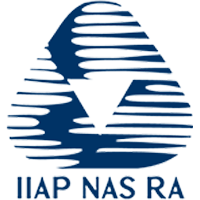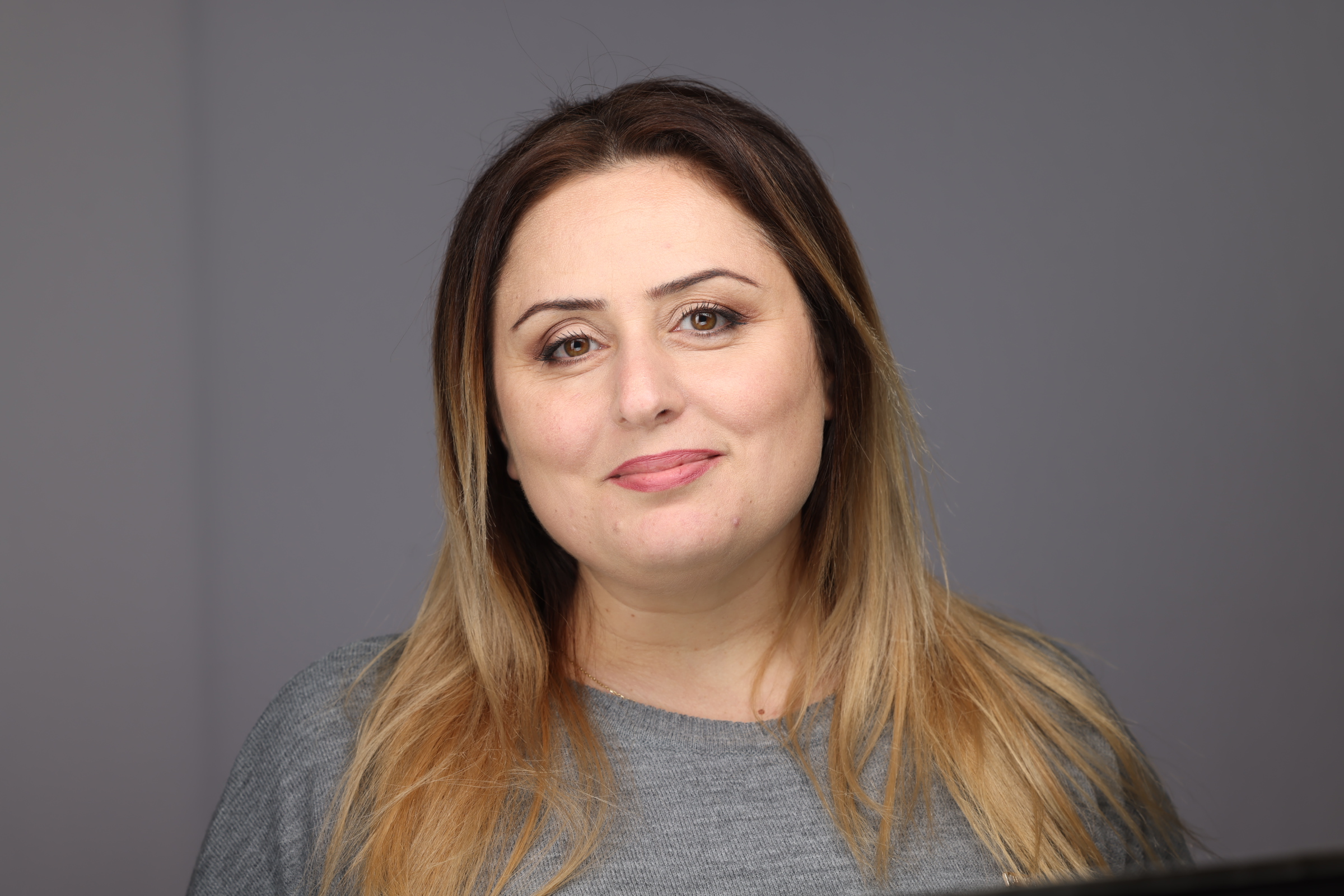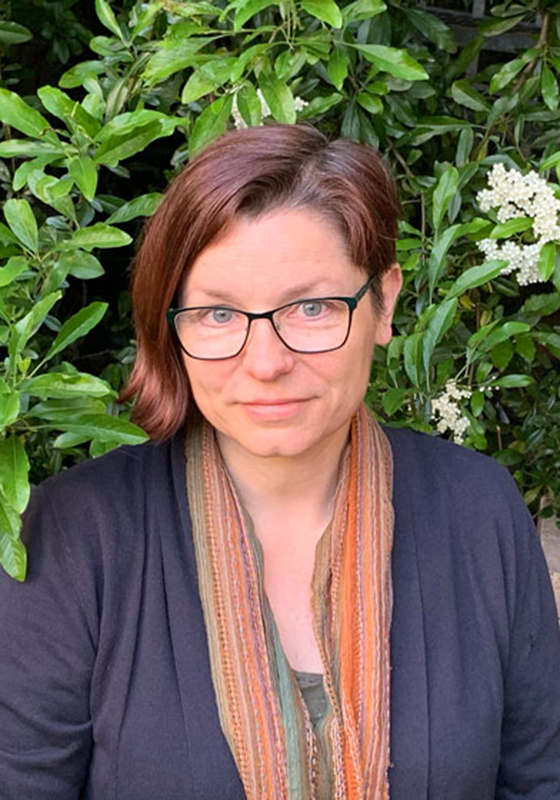Extreme weather made headlines again last year. 2018 saw frozen iguanas fall from the trees in Florida, wildfires devastate parts of Sweden, Greece and the US, and snow fall in the Sahara. So, when weather conditions can turn perilous so quickly, any advances in short-term forecasting can potentially make a huge impact.
177
The extreme weather events have cost the country around 177 million USD between 2009 and 2013.
Clouds of the IT kind are working to give Armenian scientists the upper hand against the extreme weather events. It’s all thanks to the Infrastructure-as-a-Service (IaaS) cloud computing solution, that has been deployed by ASNET-AM, the Academic Scientific Research Computer Network of Armenia, following a 2017 workshop organised by the EaPConnect project.
“Strong winds, storms, heavy rain, heatwaves, and severe frosts all cause hundreds of millions of dollars of damage in the region. Also we had loss of lives and injuries so it is a very important issue,” he explained. “More accurate ‘nowcasting’ and predictions of severe weather events by numerical weather prediction models could reduce that.”
Dr. Artur Gevorgyan believes that IaaS can remove some of the obstacles that have prevented forecasting in the past. “This hasn’t been possible in the past, because high-resolution computer modeling capable of forecasting over Armenia’s mountainous terrain has not been available. Dr Artur Gevorgyan explained: “These models have not been used operationally at the Hydromet Service of Armenia because of the absence of High-Performance Computing (HPC) resources. The IaaS cloud service can address this, as it can be used for HPC tasks.”
The cloud service is expected to:
- increase the sustainability of the NREN
- provide support to societally important research such as weather forecasting
“The results are very promising,” said Dr Gevorgyan. “Now we are able to run sophisticated models for research purposes. We’ve studied heavy rains, strong wind, and we are now studying hail storms.”
You can read more about this topic on In The Field Stories.




